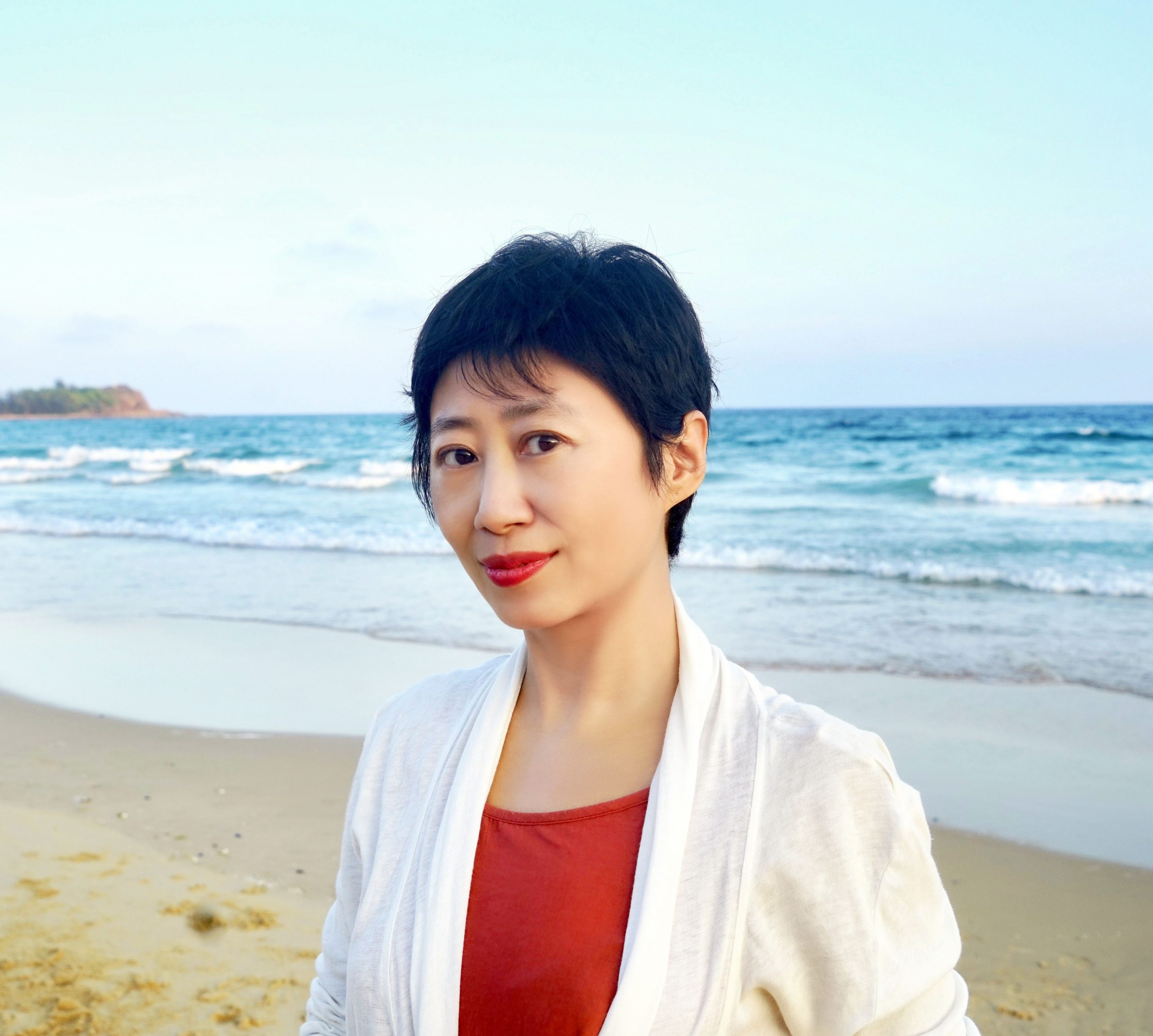Lecture: Mia Yu: Engaging ‘Global’ China: Then and Now
Thursday, April 1st, 2021 at 9:00 am to 12:30 pm
- In-person event

Art & Architectural History invites you to the upcoming guest lecture Engaging ‘Global’ China: Then and Now by the Beijing-based art historian and curator Mia Yu, which will take place Thursday, April 1, 2021, 9:00 am (EST) on Zoom (https://carleton-ca.zoom.us/j/91662681637)
The lecture will provide an in-depth overview on how different generations of Chinese artists have engaged and enacted ‘global China’ as a cultural awareness and political imaginary from the late 1990s to the present. The 1990s witnessed the rise of Chinese diaspora artists to the international art scene with thought-provoking works that examined the complexities of cross-cultural negotiations. Having gained international recognitions, many of these diaspora artists returned to China to exhibit on the country’s fledging contemporary art platforms toward the end of the 1990s. Coinciding with China’s rapid socio-economic transformation, the returning journeys opened up a critical space for the artists to reflect on the pervasive neoliberal development in their native country. Set against such historical context, Mia Yu will first examine Chen Zhen and Huang Yong Ping’s installations that were directly derived from their re-engagements with China from the late 1990s to the early 2000s, in particular in relation to the Shanghai Biennale. Yu argues that these works brought forward a new artistic vision that embedded China in the global dynamics and offered poignant critiques on globalization and cultural hegemony. In the second part of the talk, Yu will provide an updated overview on the ways in which the younger generation of artists in China re-imagine and pluralize both ‘China’ and the ‘global’ from multiple geo-cultural perspectives. These on-going artistic investigations help us understand our global world as a locally constituted and open-ended process of interconnectedness, which is well beyond binary models such as east vs. west and center vs. periphery.